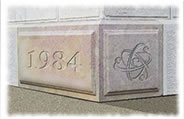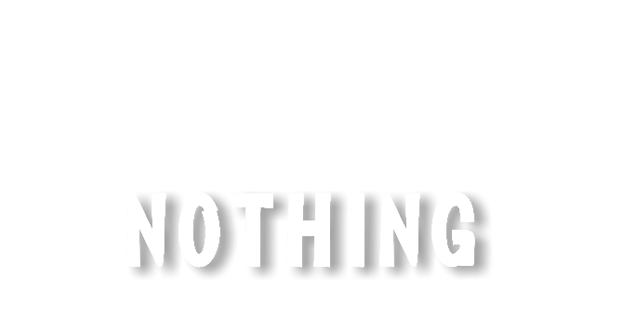Add Nothing
Thirty Spokes share the wheel’s hub.
It is the center hole that makes it useful.
Put up timber for a room,
Where the room isn’t,
There’s room for you!
Shape clay into a pot.
Where the pot’s not
is where it’s useful.
Therefore, the profit in what is
Comes from the use of what is not.
Tao Te Ching
Lao Tsu
Asian Sacred Text
We see people furiously adding words, charts, graphs, handouts, analyses and information of all kinds to their presentations, desperate to cover all the bases, all the discovery issues.
And the portfolio grows… The time required to metabolize the information expands, meaning that there are fewer opportunities for yet more data-intensive meetings. It’s not a virtuous cycle…
Into this voracious marketplace, we suggest you introduce — No Thing.
Fewer words, fewer charts and graphs, but more space between the notes.
Sample One
Tobeornotobethatisthequestionwhetheritisnoblerinthemindtosuffertheslingsandarrowsofoutrageousfortuneortotakearmsagainstaseaoftroublesandbyopposingendthem
Sample Two
To be or not to be that is the question whether it is nobler in the mind to suffer the slings and arrows of outrageous fortune or to take arms against a sea of troubles and by opposing end them
Sample Three
“To be? or Not to be?” That is the question! Whether it is nobler in the mind to suffer the slings and arrows of outrageous fortune? Or to take arms against a sea of troubles, and by opposing; end them!?
Sample Four
“To Be? or Not to Be?” That is the question!
Whether it is nobler in the mind to
“Suffer the Slings and Arrows of Outrageous Fortune?”
or to
“Take Arms against a Sea of Troubles!” and, by opposing, End Them!
It seems obvious on reflection, that the fact that a communication is a combination of words and artful silence, is sometimes forgotten in the rush to marshal the evidence. We get fascinated with the words and the stuff — squeezing out the art and the silences. And we’re left with density… tightly packed, served up in heavy chunks, with very little silent sauce to make them appetizing. To improve, add Nothing!
Historically, punctuation indicates where the nothing resides in a sentence. But we have become so enamored with density, that we have almost obliterated the meaning. Today, the punctuation tells us where the spaces hide, but the spaces themselves sometimes benefit from the expansion an electronic format can provide. We don’t need to save paper anymore. Perhaps we can allow the words (and the meaning) to breathe again, after centuries smooshed together to save paper, ink and storage.
Add Nothing. And Expand the Meaning.
Applications
1. For You
On/Off… Someone is always awake, somewhere. With electronic technology and social media, you can be in the thick of it 24/7! Always on! But that’s not the way we’re designed. “Circadian Rhythms” are part of our design ethos as human beings. We go in circles/cycles, and we get into a rhythm about our regular ups and downs. When we break up the rhythm, (for practical reasons, of course…), we break up our health, and rob ourselves of rest, sleep and contemplation. Rediscover the “Off” switch. Same time every day. And re-engineer yourself an optimum sleep/wake/contemplate cycle.
2. For the Family
Add/Subtract… They’re a matched set. Many of us have taken full advantage of the multiplicity of somethings our overabundant culture provides… We spend the day looking into a screen, sitting at a desk, then rushing to our leisure/health activity, before rushing home to prepare for a meal which the family swiftly consumes (screens on!), then we sit in front of another (larger) screen and double our consumption of media… (Keeping the little screen at hand to fill out the empty spaces…) We collapse into bed and marvel at our inability to rest. Perhaps a little more Nothing is in order. Try the Subtract function with the family and put a little more nothing in between all the somethings!
3. For the Workplace
Plus/Minus… Maybe it’s the gym, maybe TaiJi, perhaps a simple walk outside can be the Minus to balance out the abundance of Plus in your day… Then again, what if you take out two charts, pose a question, then ask your meeting attendees to take three silent minutes to think about your point and make a few notes as to how they might respond, or apply what you’ve suggested… Add some Minus to your meeting, and see how there’s more room for meaning and thinking.
Who knew it would come to this? The idea that “adding nothing” would indeed become a very important Something?!
Subscribe to our Newsletter


